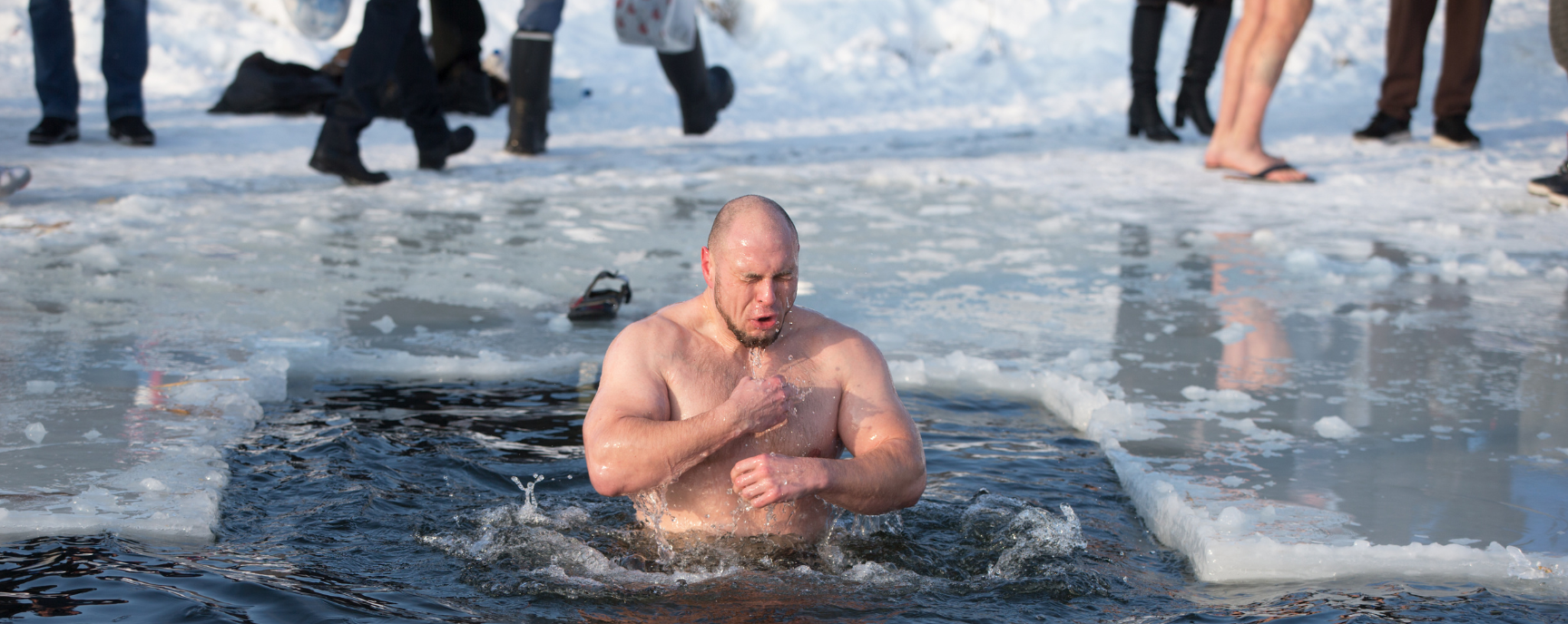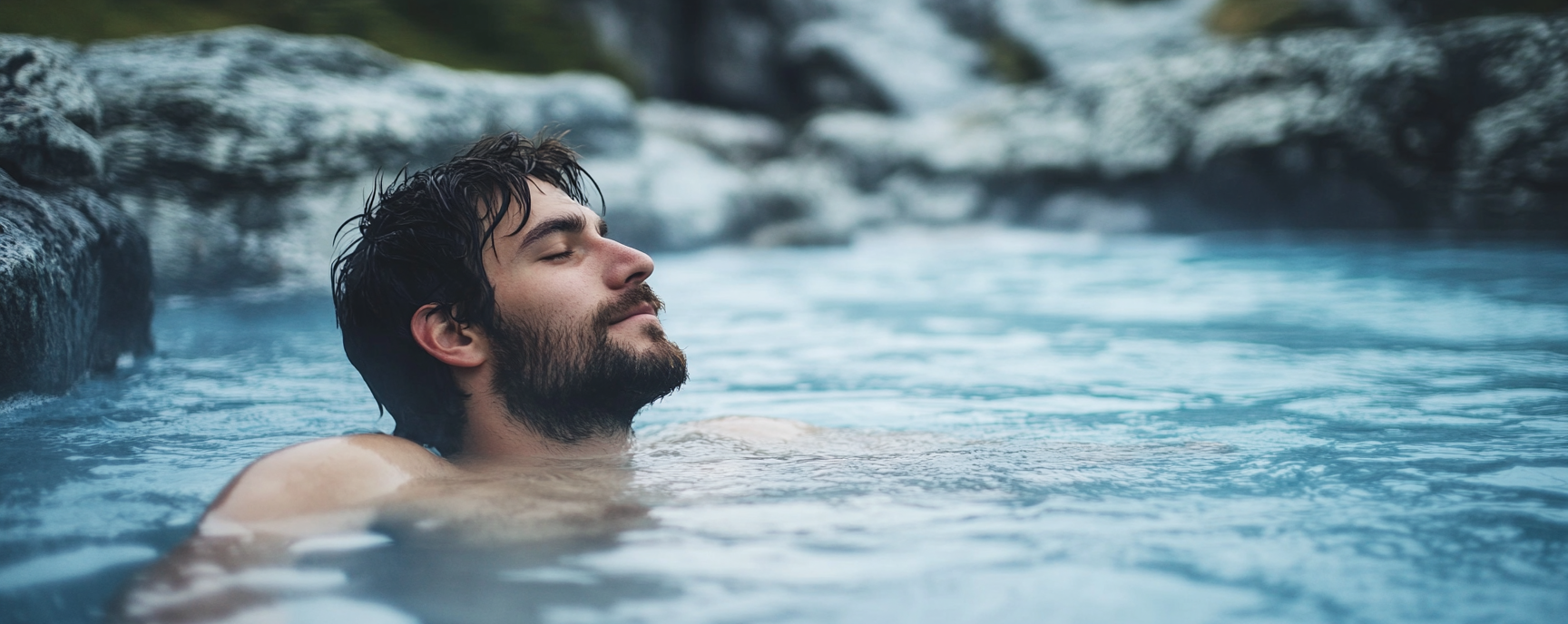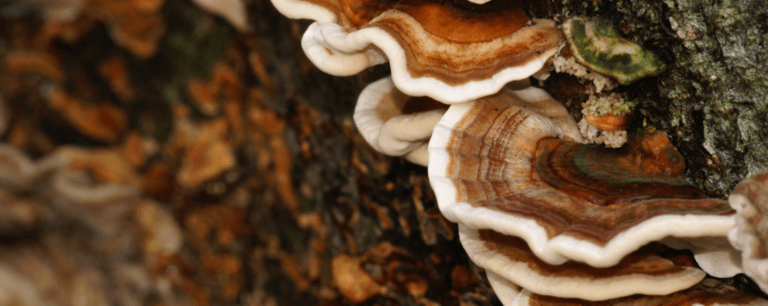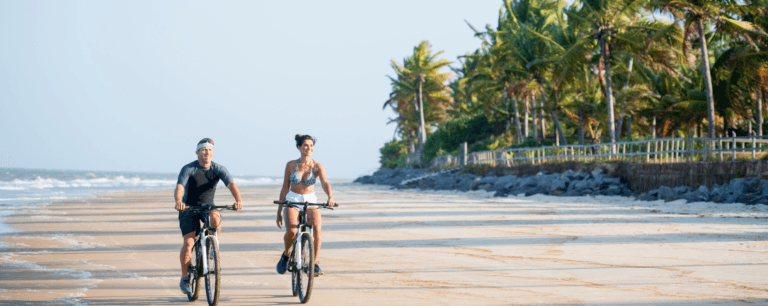Cold Water Plunging and its Health Benefits
Cold water plunging, also known as cold immersion therapy or cold water immersion (CWI), involves submerging the body in cold water. The water temperature typically ranges from 50°F to 59°F (10°C to 15°C) and the cold plunge is short, usually between 2 to 10 minutes. This practice can be done in various settings, such as natural bodies of cold water like rivers, lakes and oceans. However, you can also try it in controlled environments like cold plunge pools, ice baths or cryotherapy chambers.
Cold water therapy is an age-old practice dating back centuries, with roots in ancient civilizations like the Greeks and Romans. These people used cold baths to invigorate and heal the body. Today, you’ll find it embedded in numerous cultures, from Scandinavian winter swims to Japanese misogi rituals (see some of the best outdoor cold water plunging spots around the world). The solidarity among these diverse traditions is fascinating, showing how universal the appeal of cold water effects is.
In addition, research shows that cold water plunging can indeed offer substantial health benefits. Namely, various studies support its role in immune function, mental health and physical recovery.

Health Benefits of Cold Water Plunging
Enhanced Recovery and Reduced Muscle Soreness
One of the primary reasons athletes engage in cold plunge is for its ability to reduce muscle soreness and inflammation after intense physical activity. The cold temperature constricts blood vessels, reducing blood flow to the muscles. This helps to minimize inflammation and swelling. Once out of the cold water, the vessels dilate, flushing out metabolic waste products like lactic acid and bringing in oxygen-rich blood, aiding in quicker recovery.
Improved Circulation
Another of the great cold plunge benefits is the process of alternating between cold water and warm air, which can significantly boost circulation. More precisely, cold water constricts the blood vessels and when the body warms up again, the vessels dilate, promoting healthy blood flow. This process can improve overall cardiovascular health and enhance the delivery of nutrients and oxygen to vital organs and tissues.
Boosted Immune System
Cold water therapy is believed to stimulate the production of white blood cells and increase the activity of immune system components. This helps the body to fend off illnesses. Moreover, regular cold exposure has been linked to increased resilience against infections and enhanced overall immune function.
Mental Clarity and Stress Reduction
Submerging in cold water triggers a natural release of endorphins, the body’s “feel-good” hormones. So this leads to a boost in mood and mental clarity. Additionally, cold water immersion activates the body’s fight-or-flight response, which can train the nervous system to manage stress better. Many practitioners report feeling more focused, alert and mentally resilient after regular cold plunges.
Increased Metabolism and Weight Loss
Exposure to cold water can activate brown fat, a type of fat tissue that burns calories to generate heat and maintain body temperature. This process, known as thermogenesis, can help increase metabolism and promote weight loss. Also, regular cold plunges may reduce cravings and improve insulin sensitivity, supporting overall metabolic health.
Improved Sleep Quality
Cold water plunging can have a calming effect on the nervous system, promoting relaxation and better sleep. The drop in core body temperature post-immersion can help signal the body that it’s time to rest. So you will be able to get deeper and more restorative sleep.
Pain Relief
Lastly, cold water can act as a natural analgesic, numbing nerve endings and providing temporary pain relief. This is particularly beneficial for individuals with chronic pain conditions, such as arthritis or fibromyalgia.
Cold plunge offers a myriad of benefits – from physical recovery and improved circulation to enhanced mental clarity and immune function. While it may not be suitable for everyone, especially those with certain cardiovascular conditions, when done correctly and safely, cold water immersion can be a powerful tool in promoting overall health and wellness. As with any wellness practice, it’s advisable to consult with a healthcare professional before you try it. Also, ensure you gradually adapt your body to the cold to avoid shock. Start with cool showers and work your way up.









Hi Kirsten
Thanks for this summation on cold water swimming. It is great confirmation for cold water swimmers.
I would love to know more about any holidays or trips involving cold water swimming.
One thing I find is that I have no mobility in my hands post a swim and would love to hear your views on what is the cause of this ?
Hi Lynette. I will be posting more on this in the near future… stay tuned!
With regards to no mobility in your hands after a cold water swim – the blood vessels in your extremities narrow in response to the cold. This helps your body conserve heat by directing blood flow to protect your vital organs and away from your hands and feet. Reduced blood flow can make your hands feel stiff, numb and difficult to move and less responsive.
I hope this helps understand your situation a bit better 🙂